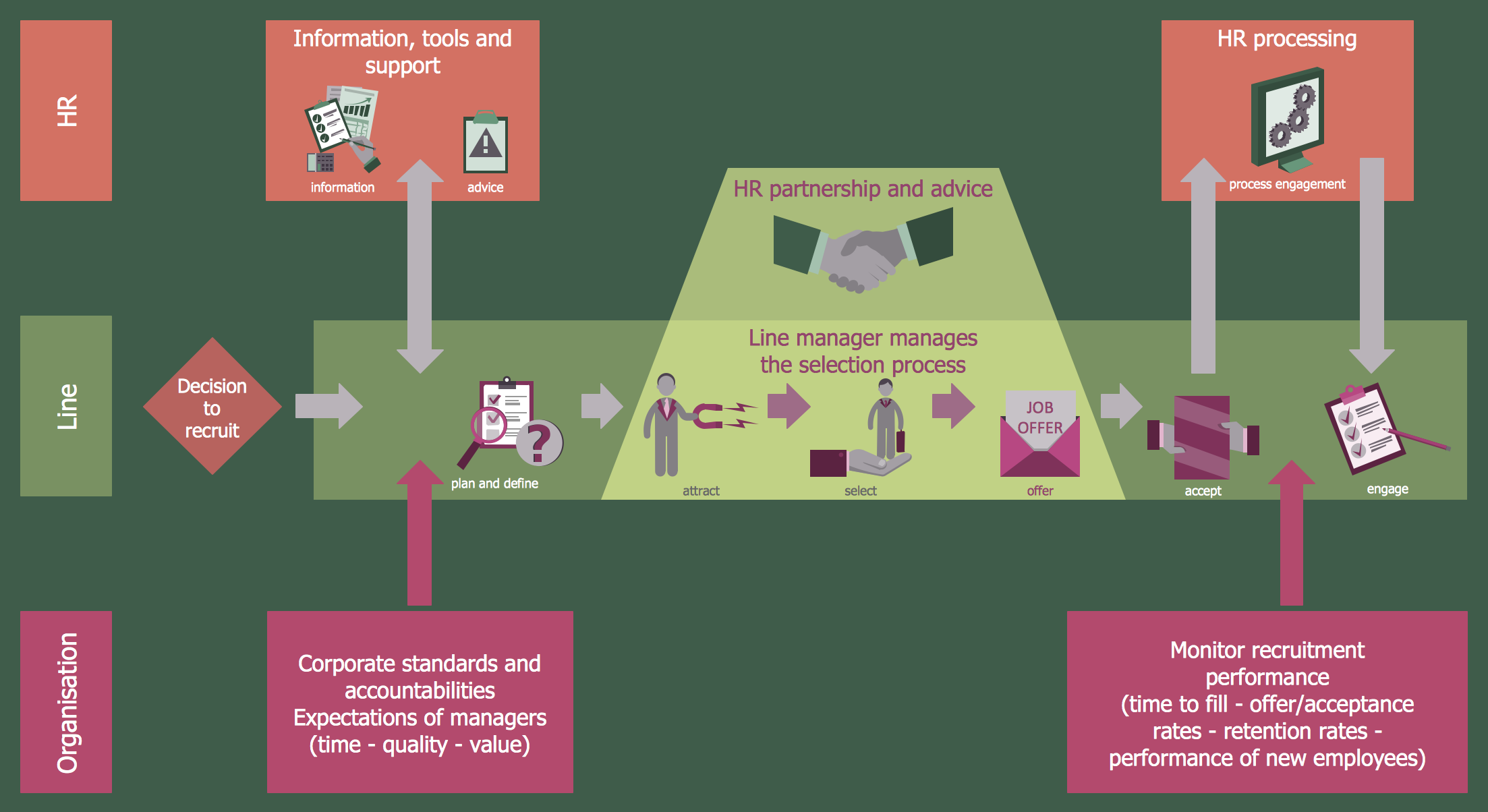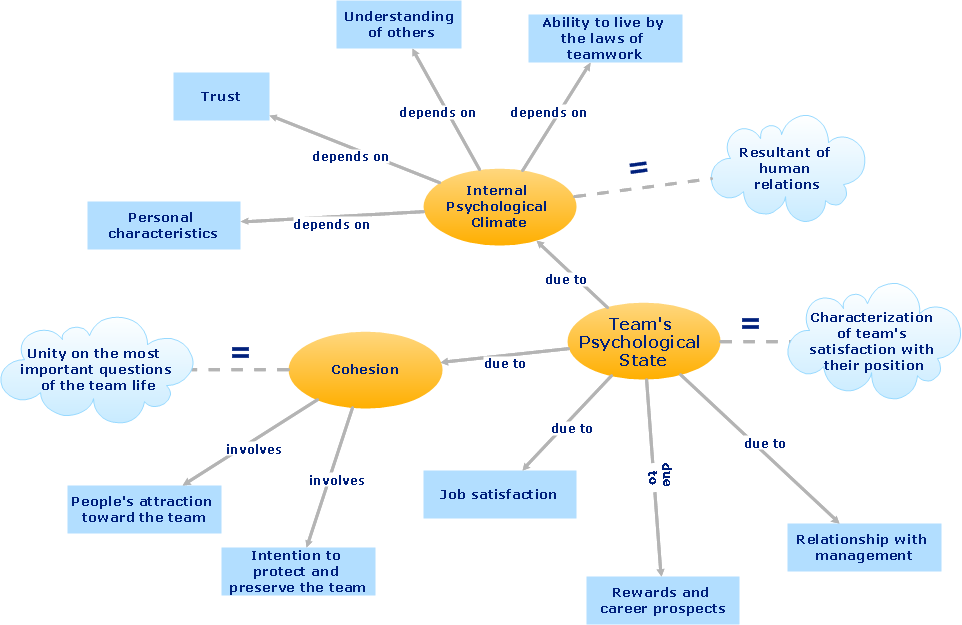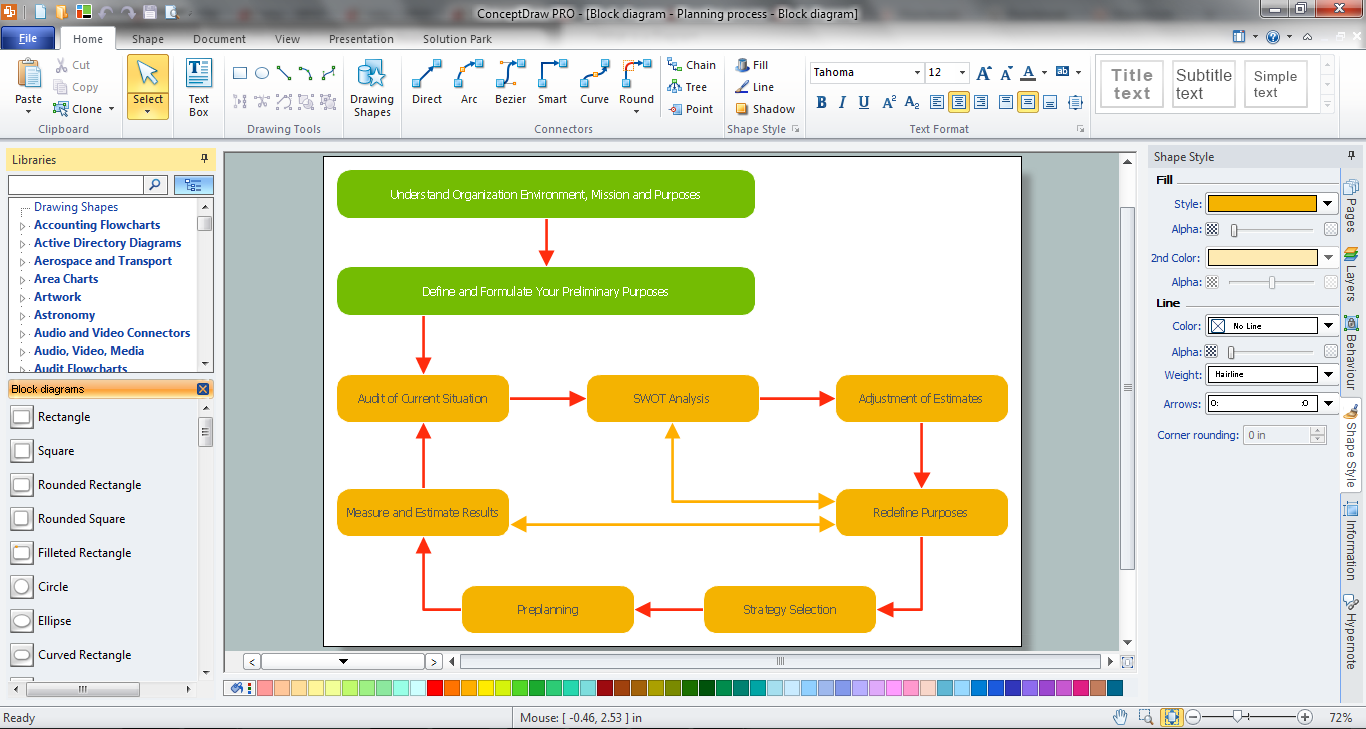Decision Maker
Decision-making process in psychology may be regarded as the cognitive process. It is known to be resulting in the selection of a course of action or a belief among at least a few alternative possibilities. Every decision-making process may end up producing a final choice, leading to doing some particular (necessary in this situation) action.
Decision-making is the process of identifying and choosing the alternatives that may be based on the values, preferences and/or beliefs of the person who is responsible for making the decisions. Decision-making itself can be regarded as a problem-solving activity. It may be terminated by a satisfactory or a solution that is deemed to be simply optimal. This is a process which can be either rational or irrational, being based on either tacit or explicit beliefs and knowledge.
Any human performance has been the subject of an active research from such perspectives, as psychological, cognitive and normative. The first perspective is aimed to examine the individuals’ decisions in the context of preferences, needs and values they seek. Second, cognitive is known to be the decision-making process that may be regarded as a continuous process. It is usually integrated into the interaction with the environment comparing to the other perspectives, different from this one. Thus, normative may be understood as the analysis of the individuals’ decisions. Such decisions may be concerned with the communicative rationality, the invariant choice it leads to or the logic of decision-making itself.
The main responsibility of any decision-maker’s job is to involve the analysis of the so-called “finite alternatives”. Such alternatives may be described due to the evaluative criteria. Any task might be to rank the mentioned alternatives in order to show the way how attractive they are to the decision-maker. It usually happens when all the criteria are considered simultaneously. Another task might be to determine the relative total priority of each of the alternatives or to find the best alternative of all given ones.
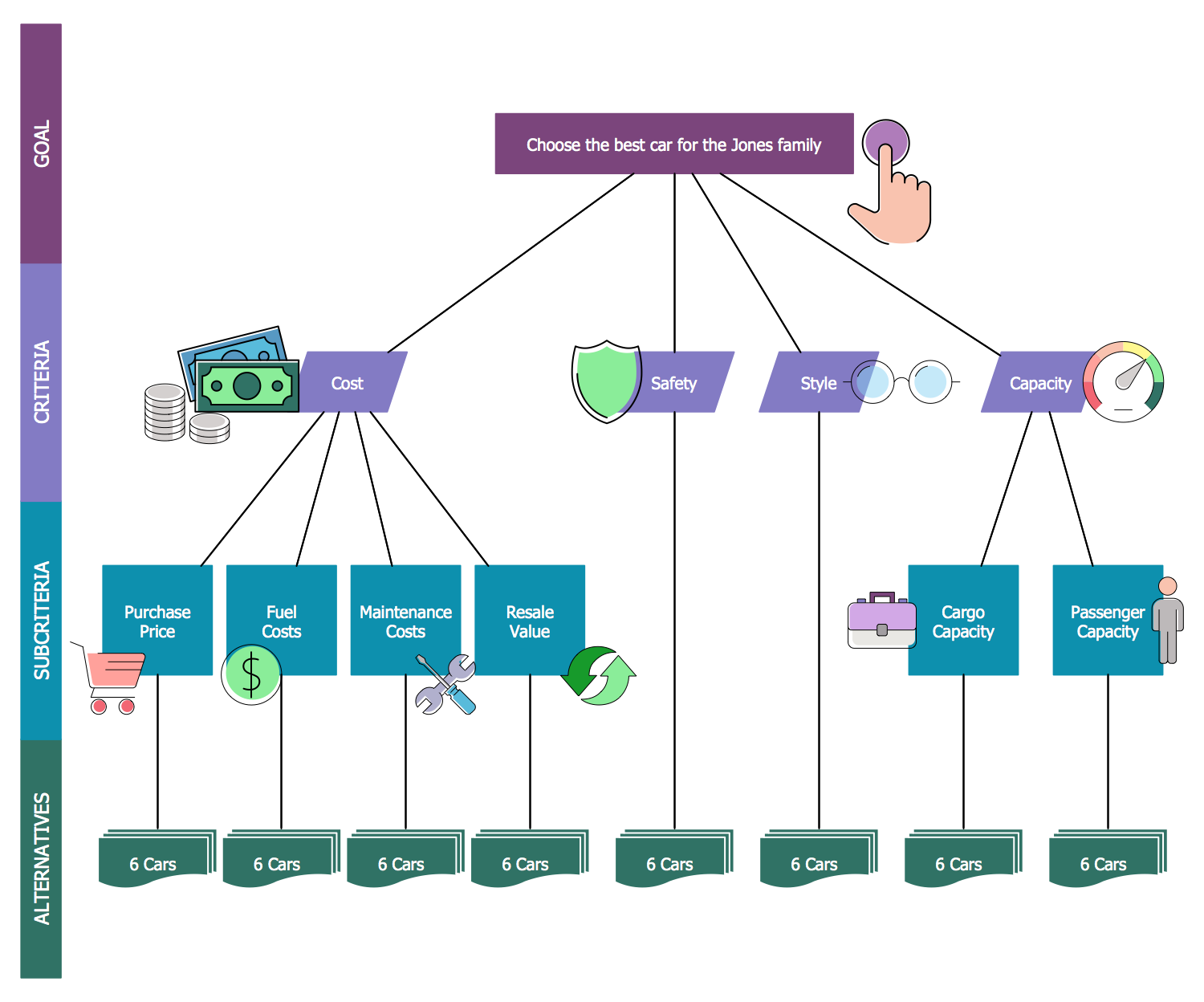
Example 1. Decision Maker
Solving such problems is known to be the main focus of multiple-criteria decision analysis. It has attracted the interest of many practitioners and researchers. It is still highly debated as there are many multiple-criteria decision analysis methods which may yield very different results, even though they are applied to exactly the same data. It may lead to the formulation of a so-called “decision-making paradox”.
The decision-maker's environment can play an important role in the decision-making process. A complex environment is known to be an environment with a large number of different possible states. Such states may come and go over time. There was one experiment that measured complexity in a room by using small objects and appliances. In that case, a cognitive function was very much affected by the higher measure of environmental complexity. It made it easier to think about the situation and so to make a better decision.
It is important to differentiate between decision-making and problem analysis. Usually, it is argued that problem analysis must be done first, so that the gathered information in that process may be used towards decision-making.
There are certain characteristics of problem analysis that include problems that are merely deviations from performance standards; those that must be precisely described once they are identified; those that may be caused by a change from a distinctive feature. Something can always be used for distinguishing between what has not and what has been affected by a cause.
There are also some particular characteristics of any decision-making process including objectives that must be established and classified as well as placed in order of their importance. Also, all the alternative actions must be developed, evaluated against all the objectives leading to choosing one that can result in achieving all the objectives. Such alternative may be called as the tentative decision. Such decision has to be evaluated for more possible consequences.
There are many more rules and features of the decision-making process and the decision-makers are the only ones in charge of the result. At the same time, having the useful tools such as a drawing software that helps with creating the decision-making schemes, is always beneficial. Such software may be the ConceptDraw DIAGRAM ector drawing and diagramming one. Having it, you may also enjoy using another product of CS Odessa — the ConceptDraw STORE application.
The last-mentioned tool is well-known for consisting of many different solutions, such as the Decision Making one that offers a set of the vector stencils as well as the pre-made templates and examples of the diagrams and charts. Such samples can be always used as a basis for creating the professional looking drawings and it may take much less time for completing this task as well.
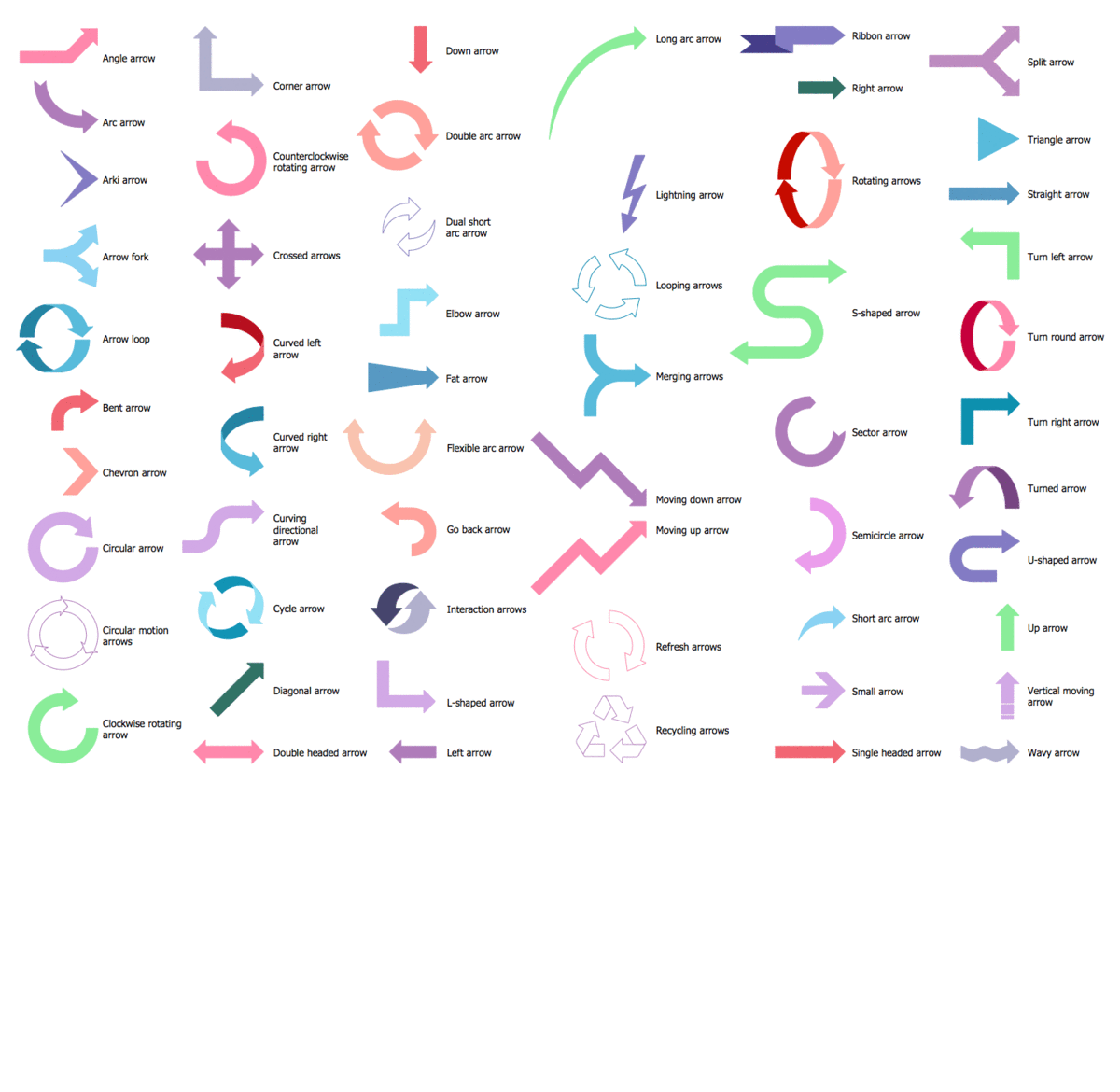
Example 2. Decision Maker Symbols
The Decision Making solution extends the ConceptDraw DIAGRAM diagramming and vector drawing software with 7 vector stencils libraries with the pre-designed elements that can be used for the fast representation of the needed business decision maps, flowcharts, diagrams, infographics and matrices. The mentioned drawings include the decision flowcharts, flowcharts, trees, diagrams, pictograms, arrows, callouts, charts, maps, tables and signs. It also offers the pre-made decision diagrams’ examples and templates that all can be used for any needed business decision mapping. Learning media and other documents as a part of this solution may teach the decision-makers the best practices in decision making and diagramming infographic design.
